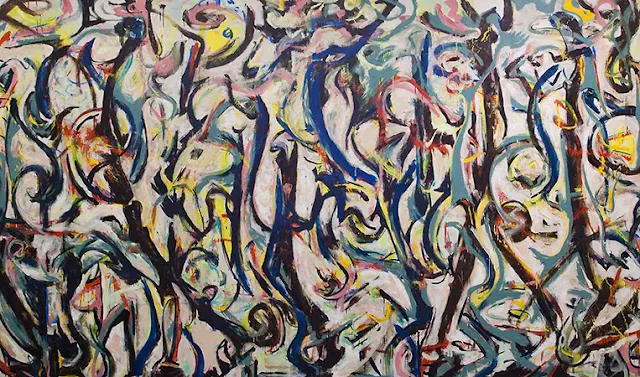

This transformative decade witnessed a kaleidoscope of artistic movements, each pushing the boundaries of creativity and challenging established norms. From the explosive energy of Abstract Expressionism to the conceptual provocations of Conceptual Art, the 1960s marked a period of profound experimentation and innovation.
As the post-war era gave way to a new cultural landscape, artists across the globe embarked on quests for self-expression, social critique, and aesthetic exploration. In the bustling art scenes of New York, Chicago, and beyond, a multitude of voices clamored for attention, each offering a unique perspective on the human condition and the role of art in society.
From the raw emotional intensity of Abstract Expressionism to the cool precision of Op Art, artists embraced a wide range of styles, mediums, and philosophies in their quest to capture the essence of the modern age. Movements such as Pop Art celebrated the icons of mass culture, while Land Art sought to redefine the relationship between art and the natural world.
Yet, amidst the diversity of approaches and ideologies, certain themes and tendencies emerged, reflecting the broader cultural and political currents of the era. The rise of Conceptual Art challenged traditional notions of artistic craftsmanship, while the embrace of new technologies opened up new frontiers of creative possibility.
As we delve deeper into the art of the 1960s, we invite you to explore the dynamic interplay of form and concept, tradition and innovation, that defined this pivotal period in the history of contemporary art. Join us as we uncover the stories, ideas, and influences that shaped the artistic landscape of the 1960s and continue to resonate with audiences today.
Below the link related art movements posts:
- Antiform
- Art & Language
- Kinetic Art
- Conceptual Art
- Psychedelic Art
- Lyrical Abstraction
- BMPT
- Chicano Art Movement
- Color Field
- Abstract Expressionism
- American Figurative Expressionism
- Fluxus
- Happening
- Hard Edge Painting
- Abstract Imagists
- Chicago Imagists
- Mono-Ha
- Bay Area Figurative Movement
- Neo-Dada
- New York School
- Nouveau Réalisme
- Op Art
- Plop Art
- Post-Painterly Abstraction
- Soft Sculpture
- Lenticular Printing
- Systems Art
- Zero (art)

Comments
Post a Comment